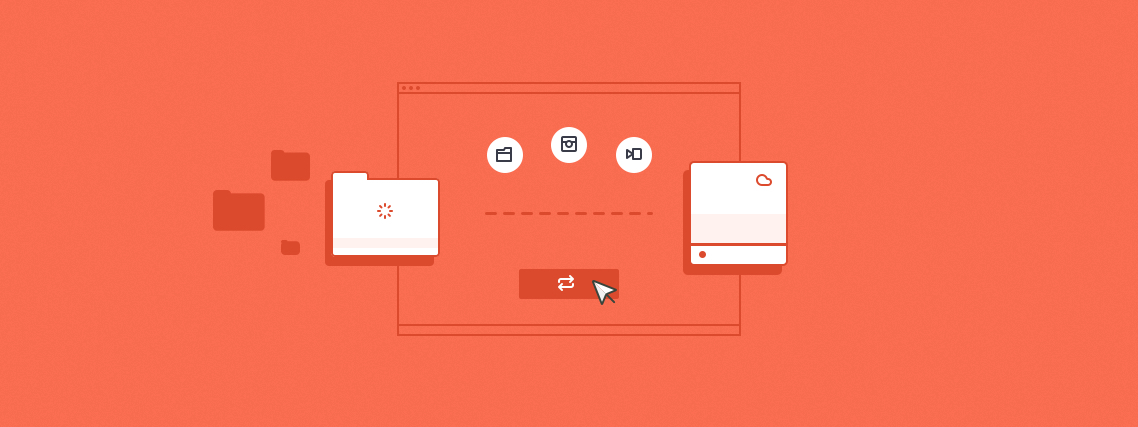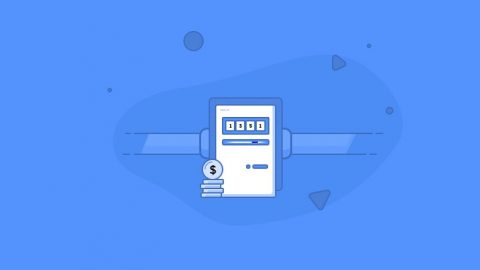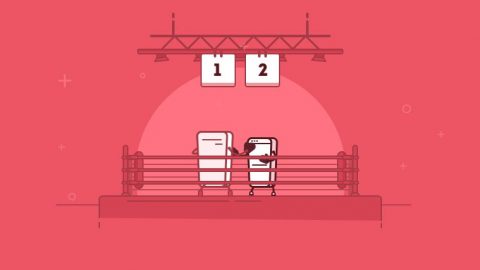Migrating from one hosting provider to another can be a stressful situation. The internet is full of horror stories about botched migrations. Both new users and experienced users tend to be fearful of migration, worried that “the cloud” will eat their emails and websites. And sadly, that does happen!
Common Fears:
- PHP or ASP.NET versions are different, and sites no longer work!
- server email software is different, and all your messages are gone!
- spam tools are different, and you suddenly get slammed with 500 emails for Viagra!
Worse yet, the sites and email can be offline for several days! But this shouldn’t happen. Migration can and should be a smooth process. After more than a decade in the industry, EuroVPS understands what it takes for quality migrations, and with limited downtime for your sites.
Put your fears aside, this is our process:
Step 1: Analysis & Consultation
There is no “one size fits all” in hosting. Each client has unique requirements. We evaluate your online presence for any potential issues.
For example, we may ask:
- What kind of content are you hosting? A CMS (WordPress, Joomla, Headless CMS), static content (HTML and images), or something else?
- Are you hosting an e-commerce site?
- Does it have a headless architecture?
- Will your email be hosted on the same server?
- What kind of traffic are you expecting?
- Are you aware of how many resources your current server is consuming? (CPU, RAM, I/O, MySQL queries, etc)
- Do you need a control panel to manage your services? (cPanel, Plesk, etc)
- Are you running custom scripts or software?
- What software versions you are running? (PHP version, ASP.NET version, etc)
Step 2: New hosting plan setup, migration begins!
After a new hosting plan (that suits your specific needs) has been selected, we’ll begin the migration of your data.
We offer free panel-to-panel migrations, for both cPanel and Plesk – meaning cPanel to cPanel and Plesk to Plesk. (For an added fee, we may be able to do cross-panel migrations, depending on panel, though we’d note that it’s not perfect.)
Most migrations start out with a full current backup of your account from the previous server or host. And each type of account slightly varies:
What we need to carry out migration
- We need working credentials for the current data at the old location.
- For dedicated or VPS, we need full root access
- For shared hosting, we need access to the panel, not FTP. For example, Plesk or cPanel/WHM. Some hosts limit your ability to make and download backups, and they can easily run a script to compile your backup files for you (for us to use).
We also offer migration for fully manual servers not using a control panel. Ask us for a quote.
Once this preliminary work is done, you can sit back and we’ll handle the rest. This process may take a few hours or longer, depending on your current data size. We may also require some follow up conversations with you to complete the cloud migration.
Step 3: Auditing, validating
After we copy the files from an old server to new, then you simply login and…
…oh wait, there’s one more important step!
At EuroVPS, we don’t simply copy your files, reply to your ticket that it’s “done”, and run away with your money. Again, the internet is full of migration horror stories, and that’s not what we do. We need and want to make sure everything is working properly.
Migration Validation Checklist:
- Set the hosts file to locally load services before telling you to switch DNS.
- Check to see if all required services are functioning.
- Check your site for 404 errors, 500 errors, PHP warnings, etc.
- Harden the service for security.
- Update the server softwares to the current versions
- Tune LAMP performance (Apache, MySQL, PHP).
- Test the cron.
- Check email deliverability and email records (DKIM, SPF, etc).
- Verify mail is synced, all messages present, all contacts migrated.
- Verify backups are still functioning – as well as give you some options for backups.
And then, as a final verification, we check the old server one last time, to verify that no new files or email were uploaded since migration was initiated.
Once we’ve done this, we mark the new environment as ready for hosting.
Step 4: Welcome to EuroVPS
It’s time! You’re ready to use the new server.
It’s time to update your DNS. This will point all users to the data and files on your new server. DNS resolution updates can take 24 to 48 hours to fully propagate around the globe, though many European and North American areas take mere minutes or hours.
And we’ll follow up with you, too:
- Did we address all issues before the migration?
- Was the migration painless?
- Are you happy with your new server?
Conclusion
Our engineers do a great job at migrations and have a vast experience in carrying them out. All our staff members are experienced in the process, and we will work around the clock, 24/7 to guarantee a painless migration to EuroVPS.
While fear of migration is indeed justified, we do our best to allay that fear. That’s the difference between a budget host and a premium host.



